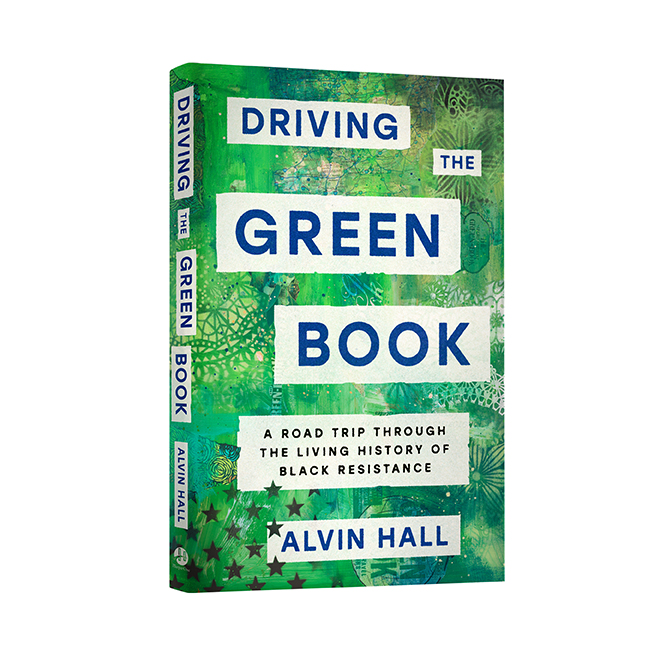Driving the Green Book by Alvin Hall

wcag
Join award-winning broadcaster Alvin Hall on a journey through America’s haunted racial past, with the legendary Green Book as your guide.
For countless Americans, the open road has long been a place where dangers lurk. In the era of Jim
Crow, Black travelers encountered locked doors, hostile police, and potentially violent encounters
almost everywhere, in both the South and the North. From 1936 to 1967, millions relied on The Negro
Motorist Green Book, the definitive guide to businesses where they could safely rest, eat, or sleep.
Alvin Hall set out to revisit the world of the Green Book. With his friend Janée Woods Weber, he
drove from New York to Detroit to New Orleans, visiting motels, restaurants, shops, and stores where
Black Americans once found a friendly welcome. They explored historical and cultural landmarks,
from the theatres and clubs where stars like Duke Ellington and Lena Horne performed to the
Lorraine Motel where Dr. Martin Luther King, Jr. was assassinated. Along the way, they gathered
memories from some of the last living witnesses for whom the Green Book meant
survival—remarkable people who not only endured but rose above the hate, building vibrant Black
communities against incredible odds.
Driving the Green Book is a vital work of national history as well as a hopeful chronicle of Black
resilience and resistance.
The book contains 25 outstanding black-and-white photos and ephemera.
Order Driving The Green Book:
Amazon | Barnes & Noble | Books-A-Million | Bookshop
About The Negro Motorist Green Book by Victor Hugo Green

The Negro Motorist Green Book was originally published in 1936 by Victor Hugo Green and his wife, Alma. Frustrated by a lack of services that were available to them as they traveled south on road trips to visit family, the Greens were inspired to create a guide that would allow Black people to negotiate travel safely and reduce on-the-road frustrations. It was a physical manifestation of the word-of-mouth network that shared information that Black travelers used to protect themselves and find safe, comfortable, and welcoming resources.
At the time of publication, Victor Hugo Green worked as a mail carrier in New Jersey and belonged to a Black postal workers union. Green relied on this extended network of mail carriers to help gather the information and resources listed in the guides.
Originally, the Greens ran their business out of their apartment in the Sugar Hill neighborhood in Harlem, New York, but in 1942 as the guides gained popularity, they moved into an office building on 135th Street where they also ran a travel agency.
The first guides covered New York City and the surrounding metropolian area. By 1938, the Greens expanded the guide to include states east of the Mississippi. Over time the Green Book would grow to cover the entire U.S. as segregation and discriminatory practices occurred in cities, towns, and counties in every state. Eventually international locations like Canada, Europe, and the Caribbean were also included.
Today, you can see original copies of the Green Book at the Schomburg Center for Research in Black Culture in Harlem, which is part of the New York Public Library. The Schomburg Center is located a few blocks east of 200 W. 135th Street, where the Greens once had an office. You can also browse through the New York Public Library’s digital archive of the guides.

